We live on a vast and beautiful planet, where many different countries trade in natural resources such as crops, minerals and flowers.
Because of this, we now associate different flowers with different parts of the world, although some countries are still overlooked.
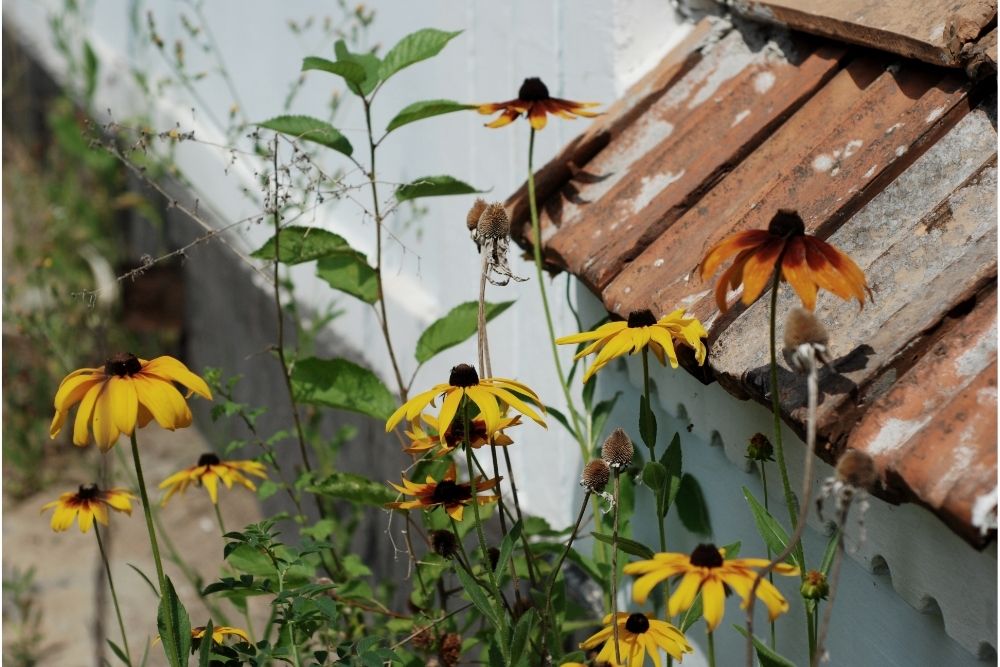
Located in Eastern Europe, Ukraine was once a part of the Soviet Union and is now an independent country known for its vibrant cathedrals and delicious chocolate. But did you know that flowers also play an important role in Ukrainian culture?
In fact, there are several varieties of flowers that are commonly found in the country, where they are used for weddings, celebrations and traditional wreaths. So if you want to know more about Ukrainian flowers, then you have come to the right place.
In the following article, we have compiled a list of flowers that are significant to Ukrainian traditions, so that you can learn more about the different species and their characteristics. We will also be taking a look at the meaning of each flower and its primary uses.
So if you are interested in Ukraine and want to learn more about its plant life, this article has everything you need to get started…
1. Sunflower (Helianthus Annuus)
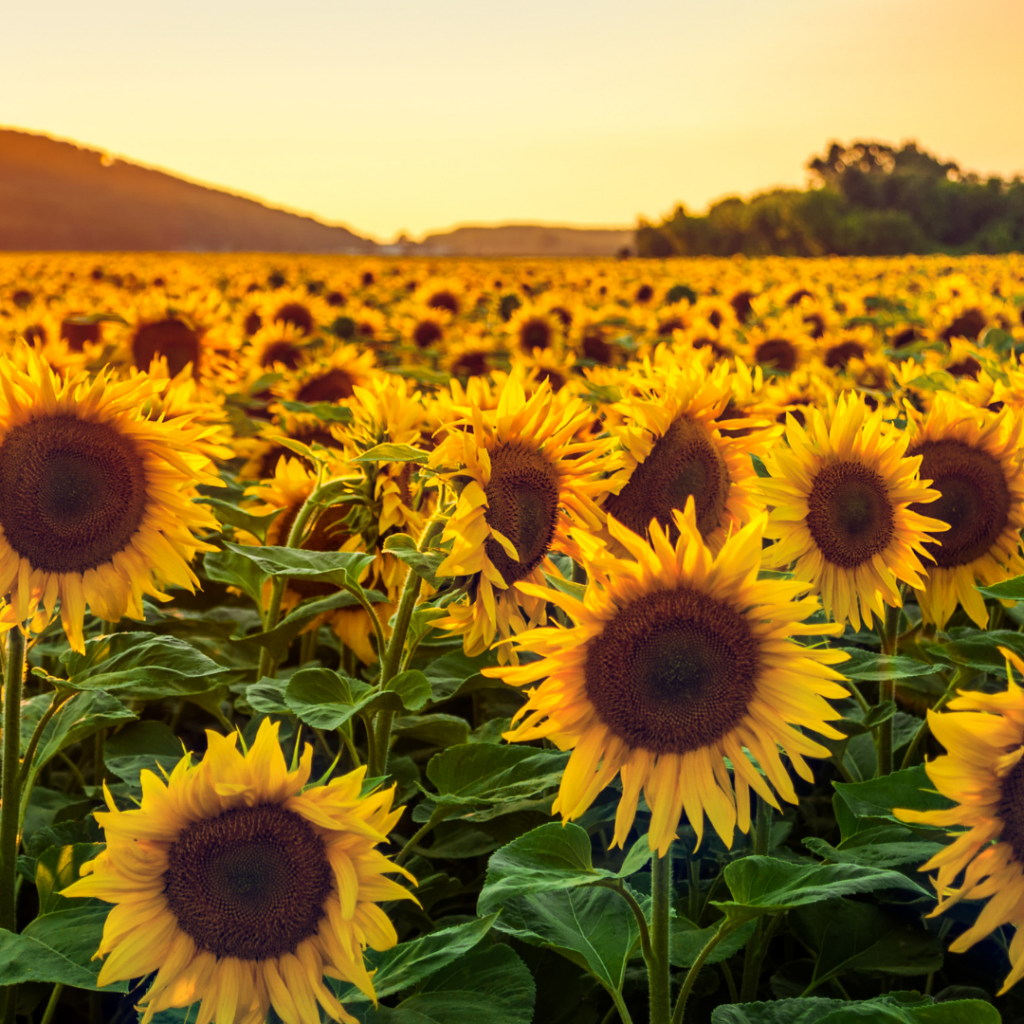
For the first species on our list, we have chosen helianthus annuus, which just so happens to be the national flower of Ukraine.
Otherwise known as the sunflower, this species can be found in fields across the Ukrainian countryside, where the golden petals were once worshiped as a symbol of the Slavic sun god.
Despite being the Ukrainian national flower, the sunflower is not native to the country and can now be found all over the world where it is cultivated to make cooking oil, butter and other delicious foods.
2. Chamomile (Chamaemelum Nobile)

The next species on our list is chamomile – a perennial plant found across Europe and North America, where it is known for its white petals and thin stems.
In Ukrainian culture, chamomile is commonly used to make traditional wreaths for young women, with the flower representing themes of love and fidelity.
While this custom continues to live on, the species is also cultivated across the world to make cosmetic products, with the flower also being used in desserts, herbal teas and perfumes.
3. Poppy (Papaver Rhoeas)
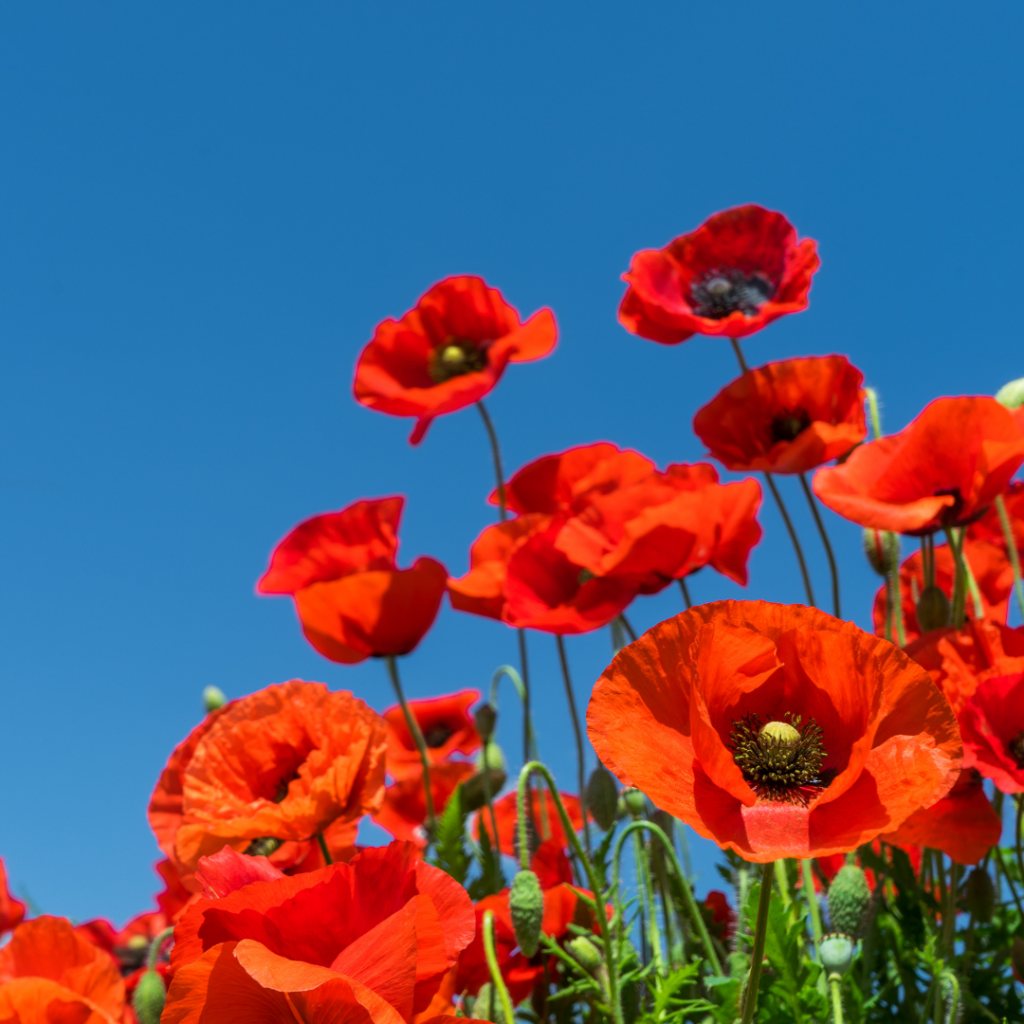
The common poppy is a herbaceous species of flowering plant, which is known to grow in regions of Europe, Africa and tropical Asia.
Despite being known as a symbol of remembrance for fallen soldiers, the red flower also has its own unique meaning in Ukrainian culture, where it is said to represent beauty, youth and dreams.
Of course, one of the main reasons for the poppy’s cultivation is its natural opioids, even though the seeds are also edible and can be used in baking.
4. Cornflowers (Centaurea Cyanus)
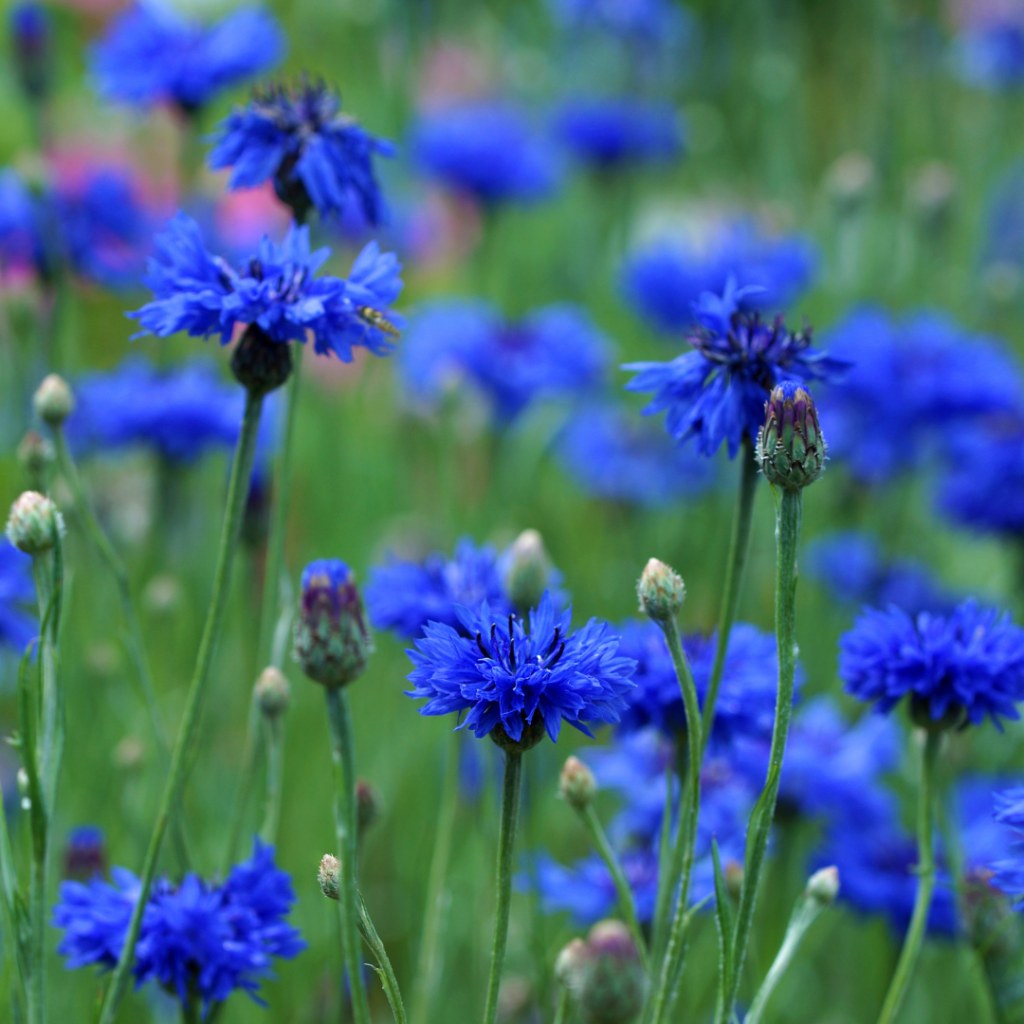
Otherwise known as bachelor’s button, this small blue flower is endemic to the European continent and has been introduced to the United States and Australia.
While the species is commonly cultivated for its ornamental beauty, the raw petals are also known for their medicinal qualities and can be used as a garnish on desserts.
In Ukrainian culture, the flower plays an important role in the creation of traditional wreaths, where it indicates innocence and the kindness of the heart.
5. Mallow (Malva Sylvestris)
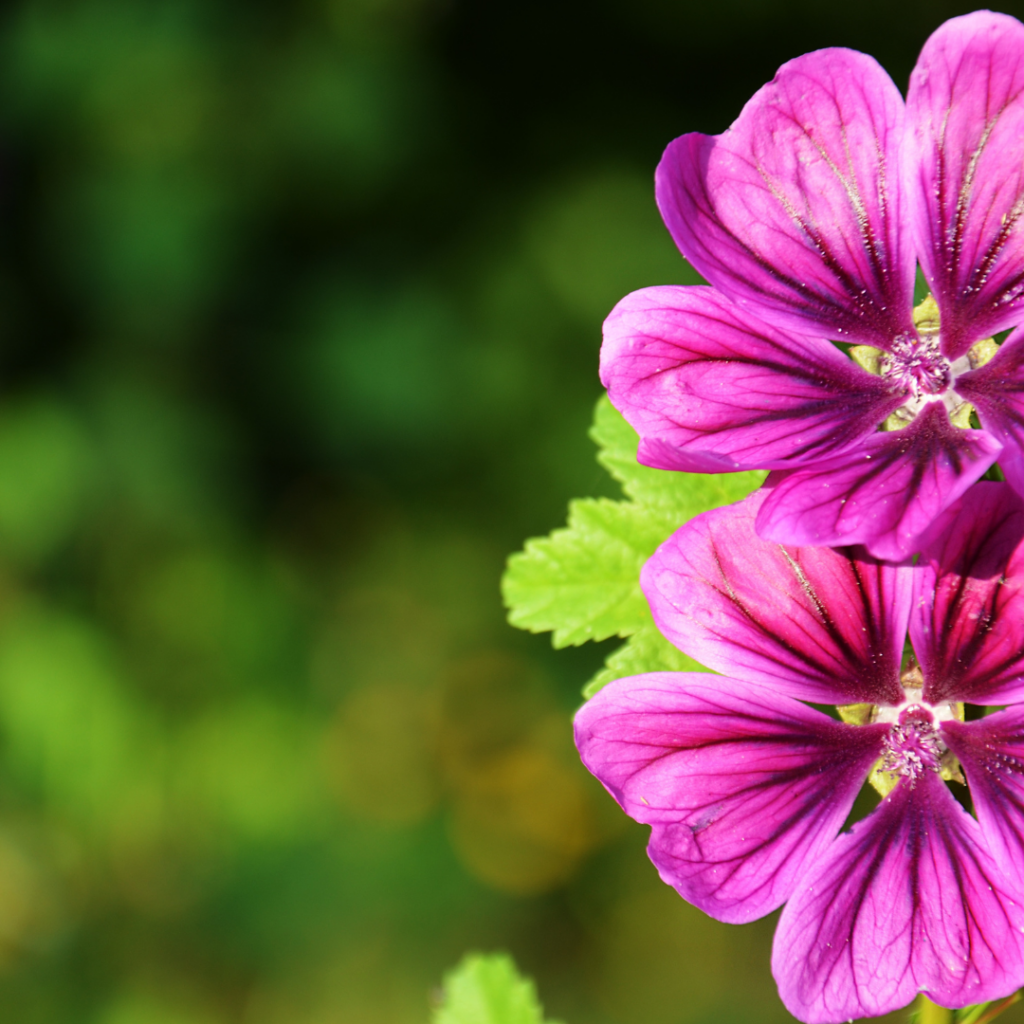
The common mallow is a species of flowering plant native to Western Europe, where it can be identified by its round leaves and bright purple blooms.
Despite its name, the flower was never used to make marshmallows, as this honor was given to another member of the genus. Instead, the mallow plant was cultivated for its medicinal properties, which made it a key ingredient in herbal remedies.
However, the species was also used to make wreaths for Slavic celebrations, with the purple flower representing love for family and the motherland.
6. Apple Blossoms (Malus Domestica)
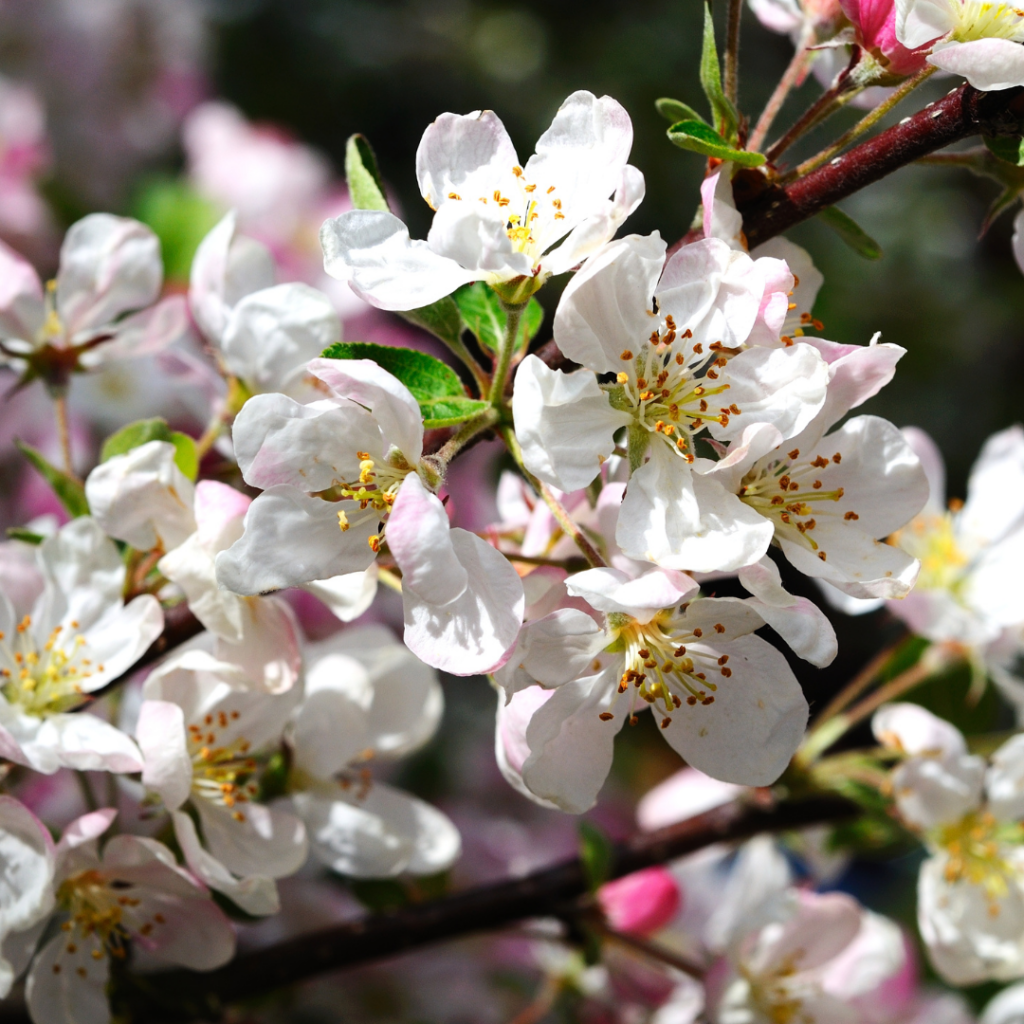
This beautiful species is the flower of the apple tree and can be found in numerous countries across the world, where it is characterized by its pale petals and sweet scent.
While the tree is best known for its vibrant fruit, the apple blossom can also be used as a garnish for desserts and salads, with the flower also featuring as a key ingredient in several cocktails.
Similar to the other flowers we have discussed, the apple blossom is used in Ukraine to decorate ceremonial wreaths, where it is said to represent devotion to one’s parents.
7. Viburnum (Viburnum Opulus)
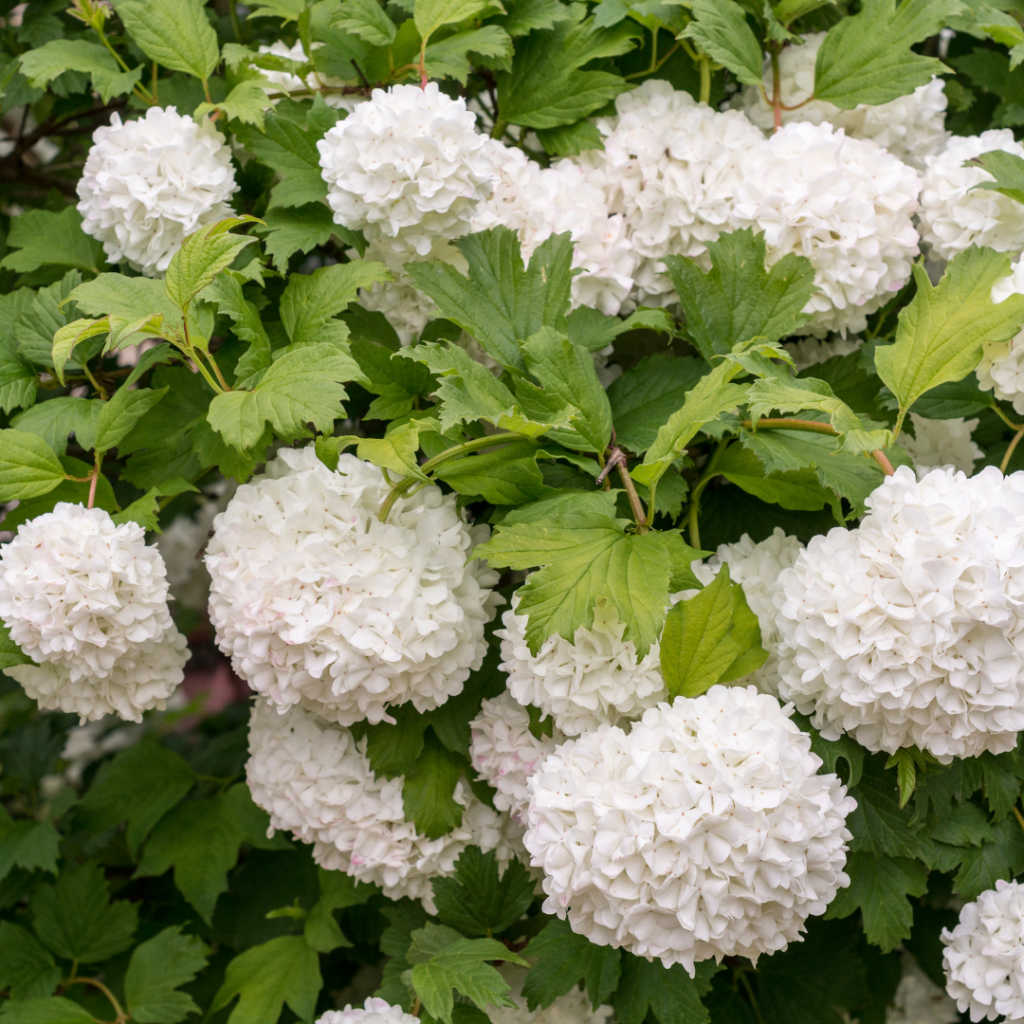
Otherwise known as the guelder-rose, this species of flowering plant has played an important role in Ukrainian culture for thousands of years – where it has inspired art, poems and folklore.
Despite being known for its blood-red berries, the tree also produces large rose-like flowers, which feature white petals and pointed green leaves.
Contrary to popular belief, the fruit of this species is actually edible, although it can only be consumed in small amounts or made into jam. However, the fruit can still be toxic when eaten in abundance.
8. Hops (Humulus Lupulus)
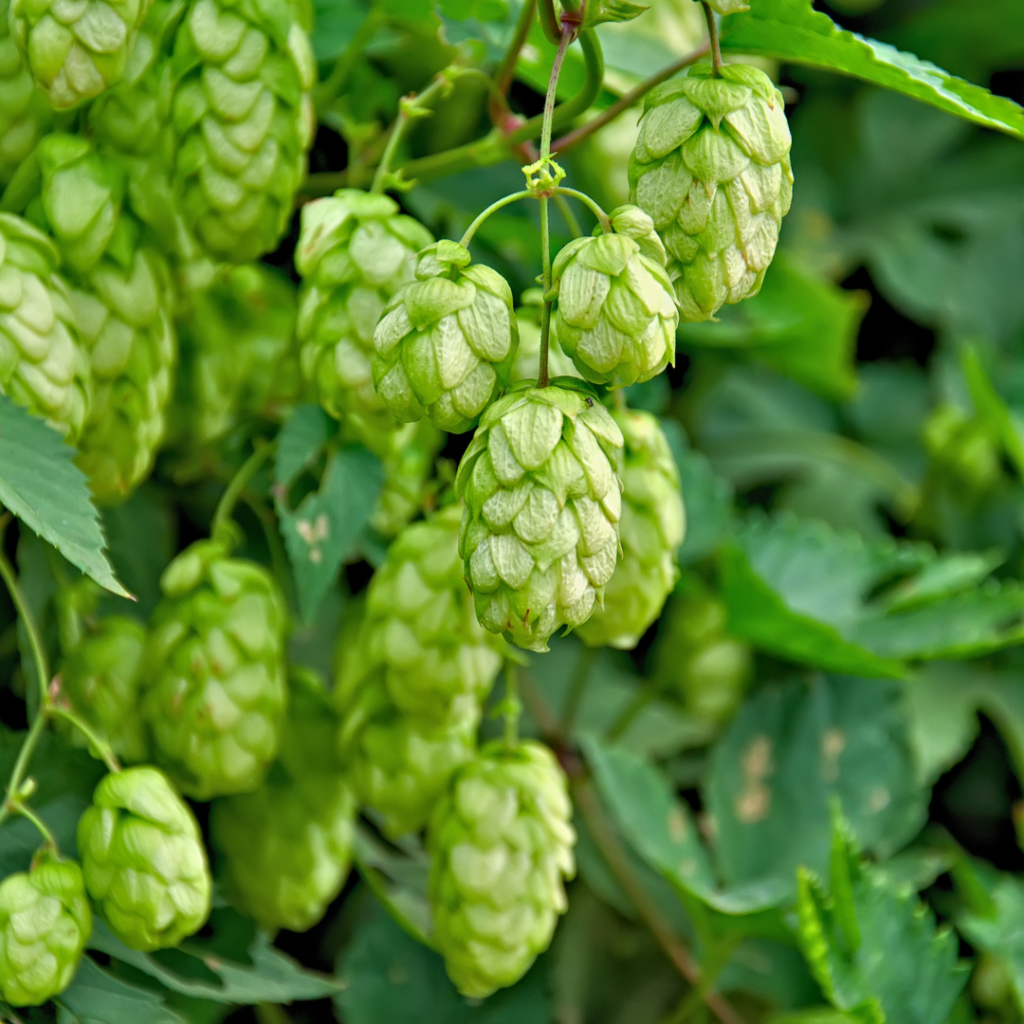
While hops are not the most attractive flower on the market, they have played an important role in Ukrainian culture, where they are used to make wreaths and garlands.
Boasting a unique cone-like shape, the flowers of the species hang suspended from the tree and are commonly cultivated for their bitterness, which makes them an excellent agent in making beer,
In Ukrainian tradition, hops are said to represent intelligence and flexibility – qualities that were once cherished in a romantic partner.
9. Lovage (Levisticum Officinale)
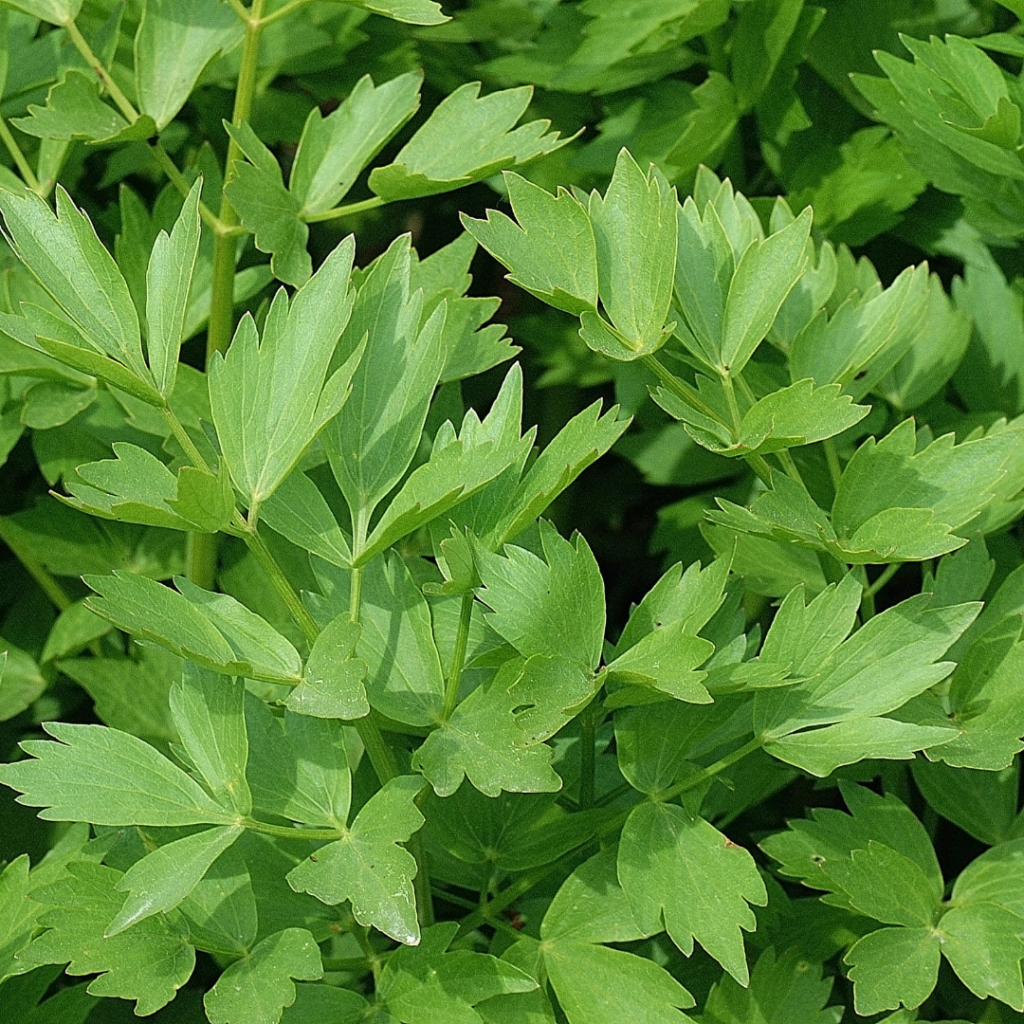
Lovage is a tall perennial plant that has long been cultivated in Europe, where it is commonly used as a herb in rustic cooking.
Despite not being known for its flowers, the plant does produce small yellow blooms, which will blossom during the spring and summer.
In Ukrainian culture, these flowers were once used to decorate special garlands for young men, where they would be entwined with cornflowers as a symbol of devotion.
10. Mint (Mentha Aquatica)
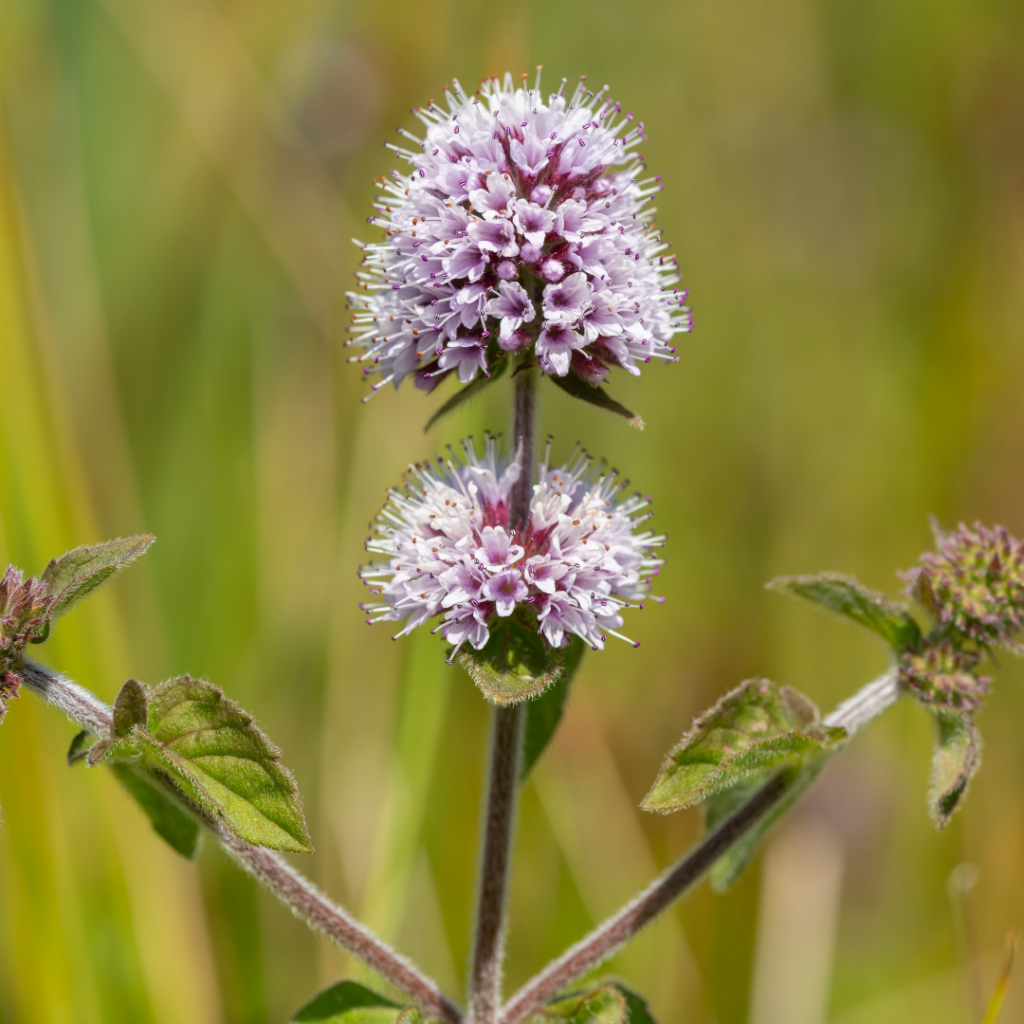
Native to Europe and northwest Africa, mint is a refreshing herb that can now be found across the world, where it is commonly used to make candies and desserts.
Known for its reddish leaves and powerful scent, the herb will also produce small purple flowers during the spring, which were once used by the Ukrainians to make wreaths for festive occasions.
According to local folklore, mint was also a talisman used to protect children from sickness, with the plant promoting their health and growth.
11. Orchid (Dactylorhiza Sambucina)

Otherwise known as the elder orchid, this species of herbaceous plant can now be found in countries across Europe, where it grows abundantly in Finland and Ukraine.
During the spring and summer, the flowers of this species will emerge from their buds, with the petals often being shades of yellow and purple. The orchids are commonly grown for ornamental purposes and serve no function in terms of food or medicine.
In Ukrainian culture, these orchids were once used to make garlands and wreaths for pagan holidays, where they were believed to represent love, beauty and strength.
12. Oregano (Origanum Vulgare)
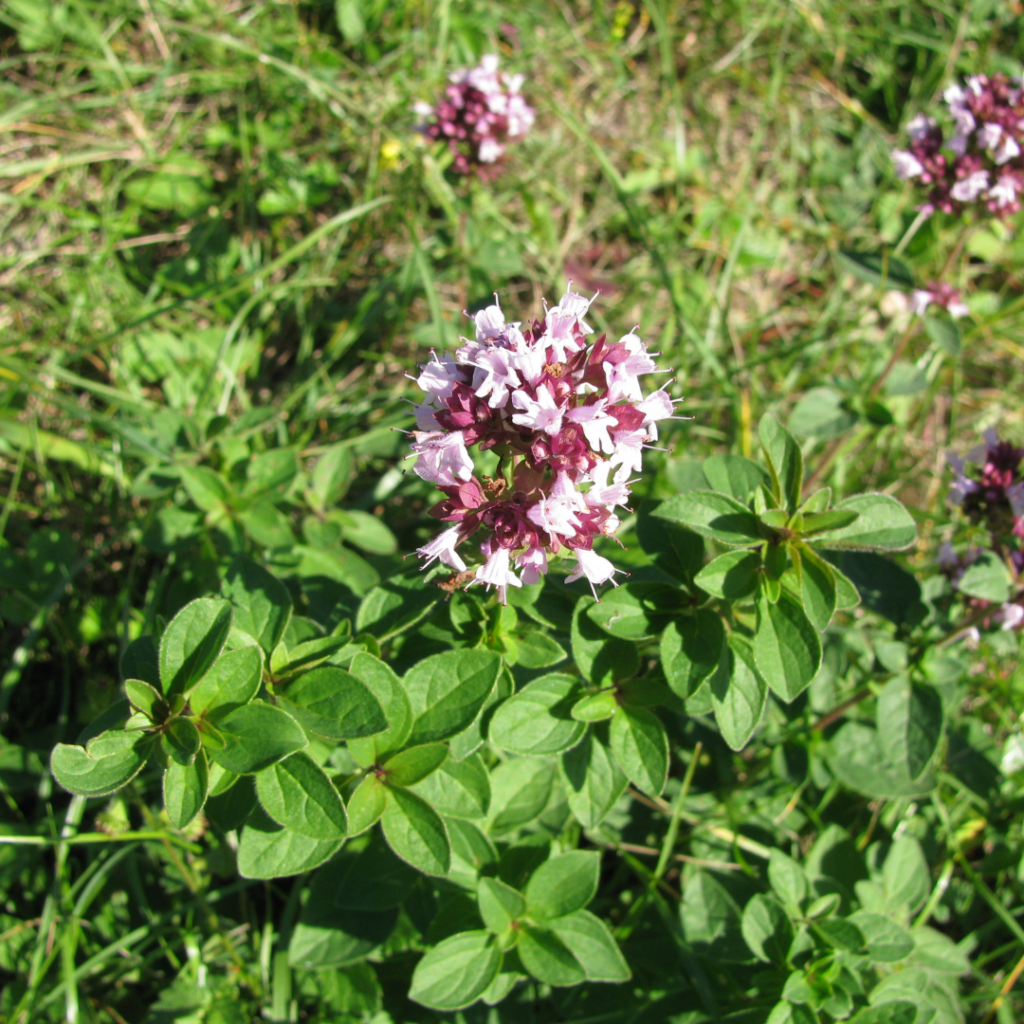
Oregano is a flowering plant and member of the mint family, which is now commonly used as a culinary herb. In fact, it is considered one of the most popular herbs in circulation and can be found in Spanish, Italian and French cuisine.
Despite being known for its woody taste, the herb also produces its own flowers, which are characterized by their purple-white petals and spade-shaped leaves.
According to the Ukrainian language of flowers, oregano blooms were once said to represent a mother’s love and were used to protect children from evil spirits.
13. Iris (Iris Sibirica)
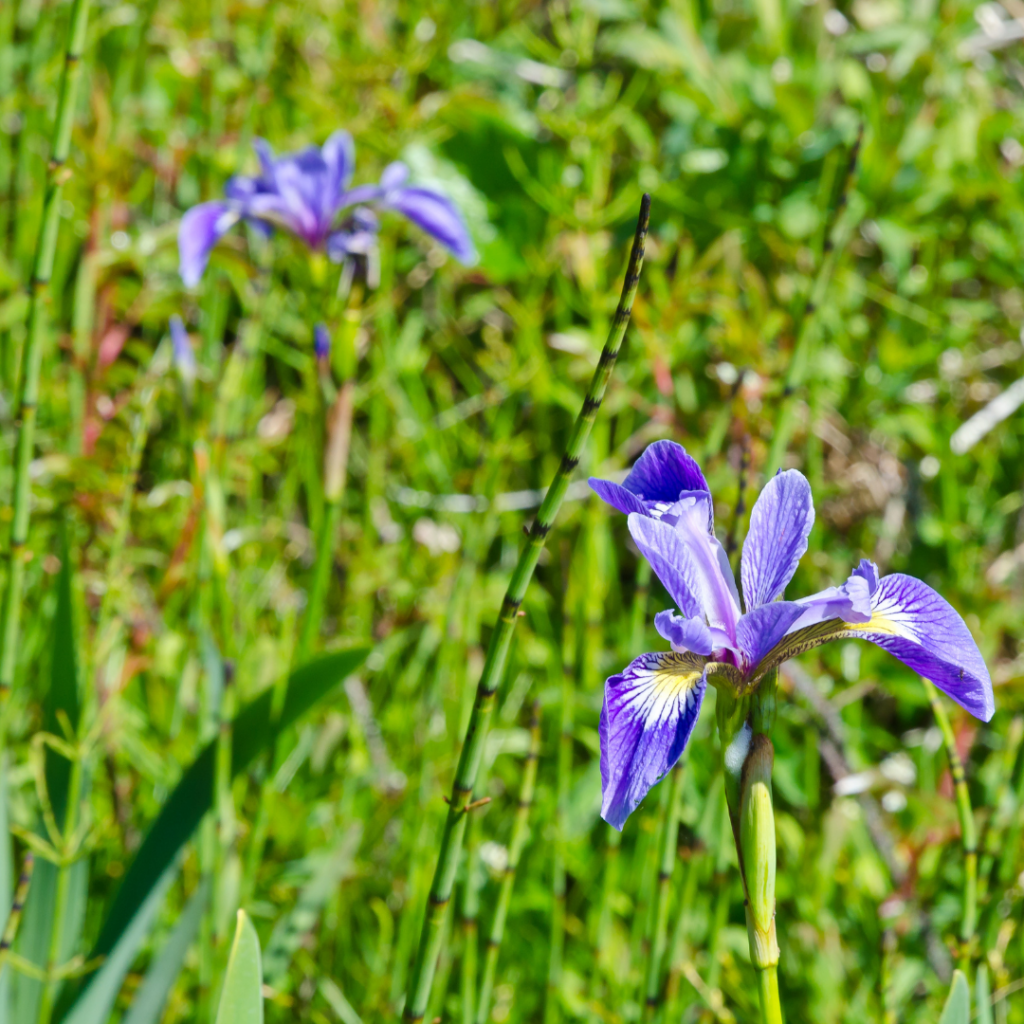
The iris has played an important role in Ukrainian culture for thousands of years, with the elegant flower being used to adorn wreaths and ceremonial garlands.
Found in meadows across Europe, this species is best known for its yellow-purple blooms, which can be used to make a powerful laxative. Despite its welcoming appearance, the flower is actually poisonous and should not be eaten in its natural state.
While the flower is said to represent wisdom and truth, it also had a traditional usage in Poland, where its seeds were once eaten by brides on their wedding night.
RELATED: Intriguing And Radiant: 7 Different Types Of Irises
14. Carnation (Dianthus Caryophyllus)
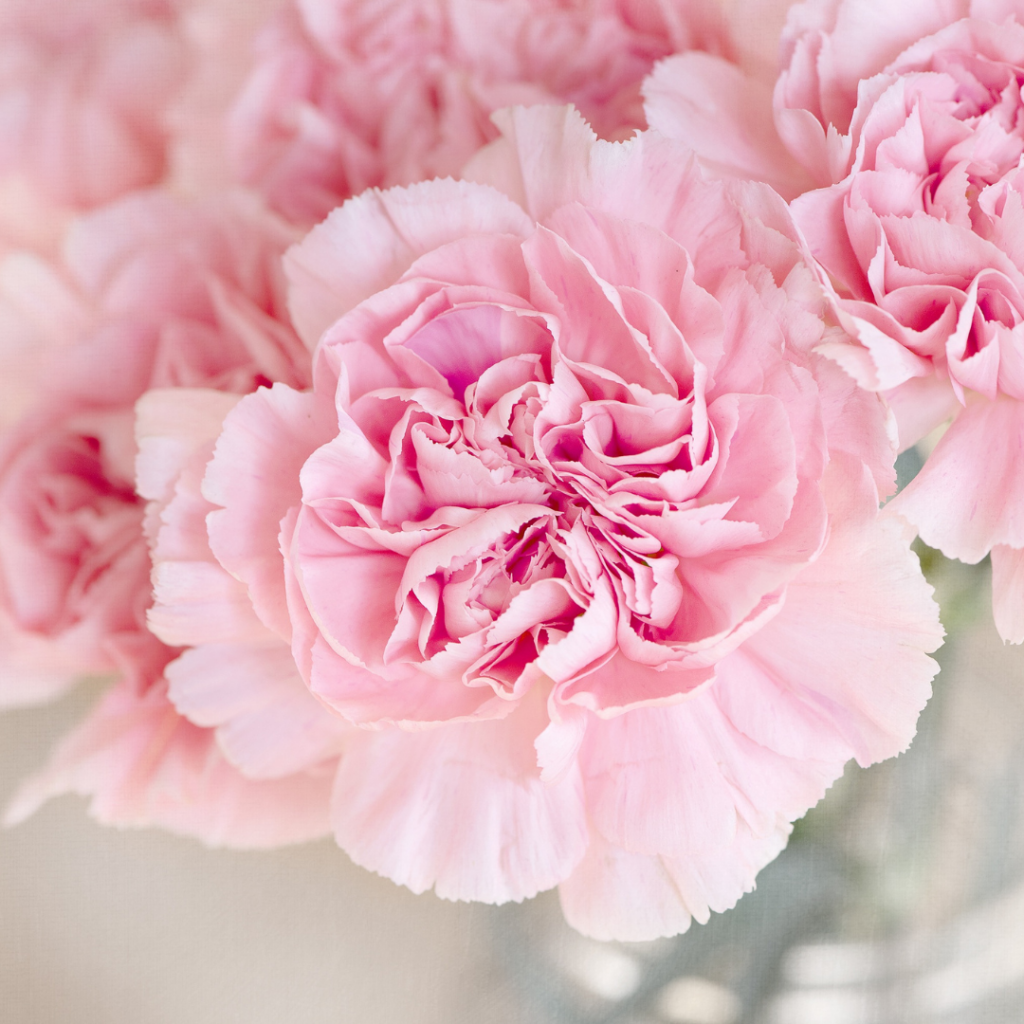
Despite being endemic to the Mediterranean, this species of flower eventually found its way to the Ukraine, where it was used as a decoration in traditional wreaths and garlands.
These days, the carnation is known for its vibrant colors and fragrant scent, with the species commonly being associated with holidays such as Mother’s Day. However, the flower is also the symbol of May Day, a socialist holiday that celebrates the working class.
In Ukrainian tradition, the carnation was said to represent love and beauty, with the flower often being used to decorate the heads of young women.
15. Teasel (Dipsacus Fullonum)

Teasels are a species of flowering plant native to the four corners of the world, where they are characterized by their resilient nature and sharp foliage.
During the spring and summer, teasels will begin to sprout small purple blooms, which will congregate around the middle of the main flowerhead.
Despite their strange appearance, these unique plants were once used by Ukrainians to make traditional wreaths, with the flower’s spike appearance representing sharp wit and intelligence.
Conclusion
As you can see, there are numerous flowers that play a significant role in Ukrainian culture, with each species boasting its own characteristics and cultural meaning.
So now that you understand more about these flowers, why not pay Ukraine a visit to see if you can find some for yourself.







